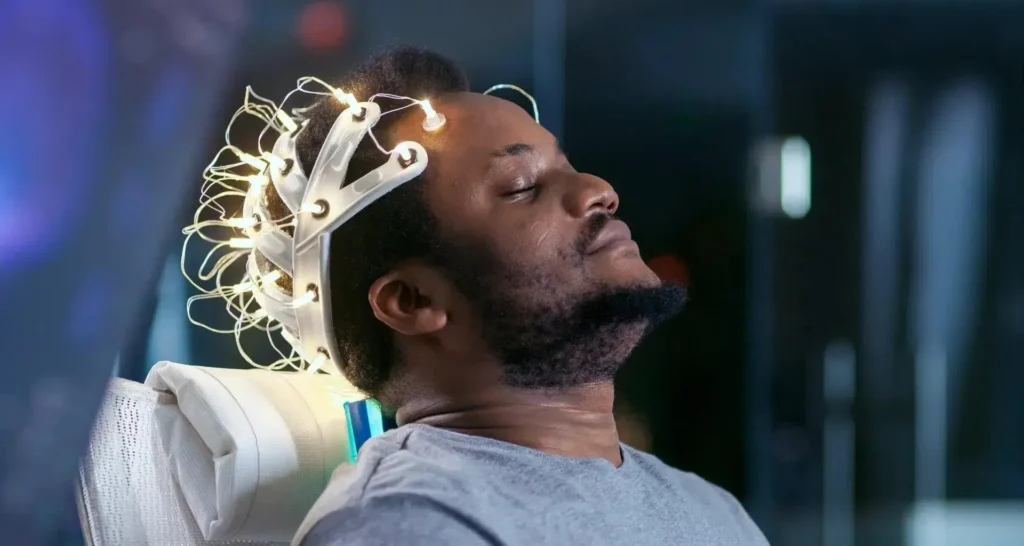Japanese researchers made a breakthrough in Dream Recording Technology. Led by Professor Yukiyasu Kamitani, the Kyoto-based team developed a revolutionary device using brain imaging and AI.
This technology uses fMRI to capture neural activity during dreams. Volunteers’ brain activity is monitored during early sleep stages. When they enter REM sleep, they’re awakened and asked about their dreams.
By analyzing brain scans and building a database, scientists achieved 60% accuracy in predicting dream content. Notably, accuracy increased to over 70% for visual elements. “We revealed dream content from brain activity,” Professor Kamitani explained.
This advancement in Dream Recording Technology has vast potential. It can decode dreams through brain activity, providing insights into the human brain and psychology. Dr. Mark Stokes hailed the research as an exciting step toward “dream-reading machines.”
As researchers refine the device, they focus on enhancing dream resolution and accuracy. This pushes the boundaries of Dream Recording Technology, and scientists hope to gain deeper insights into dreams, emotions, and experiences.
This technology transforms mental health assessments and enables precise analyses of personality and psychological disorders. With advancements, the potential for breakthroughs grows. The device may also shed light on neurological conditions like Alzheimer’s and Parkinson’s.
Researchers envision applications beyond mental health. Dream Recording Technology could enhance creativity, improve problem-solving skills, and optimize learning. The possibilities are vast, and the scientific community eagerly awaits further developments.
The study’s findings have sparked international interest, with experts praising the innovative approach. As technology advances, one thing is clear: the future of dream analysis has never looked brighter.











